What Is Your Dog Dreaming About? Why You Should Let Sleeping Dogs Lie.
Have you ever watched your dog sleep and noticed their paws twitching or heard little barks and whimpers? Just like us, dogs go through different sleep stages, including REM—the stage where dreaming happens. During REM, their brains light up with activity, replaying moments from their day. That twitching nose, those tiny paw movements, and soft sounds? They’re all signs your furry friend is deep in a dream world, reliving their favorite adventures.
Understanding Canine Sleep Cycles and Brain Activity

Electroencephalogram (EEG) studies confirm that dogs display brain wave patterns during REM sleep nearly identical to humans. This stage accounts for about 20–25% of a dog’s total sleep. Puppies and senior dogs experience more REM sleep, suggesting higher dream frequency.
What Do Dogs Likely Dream About?
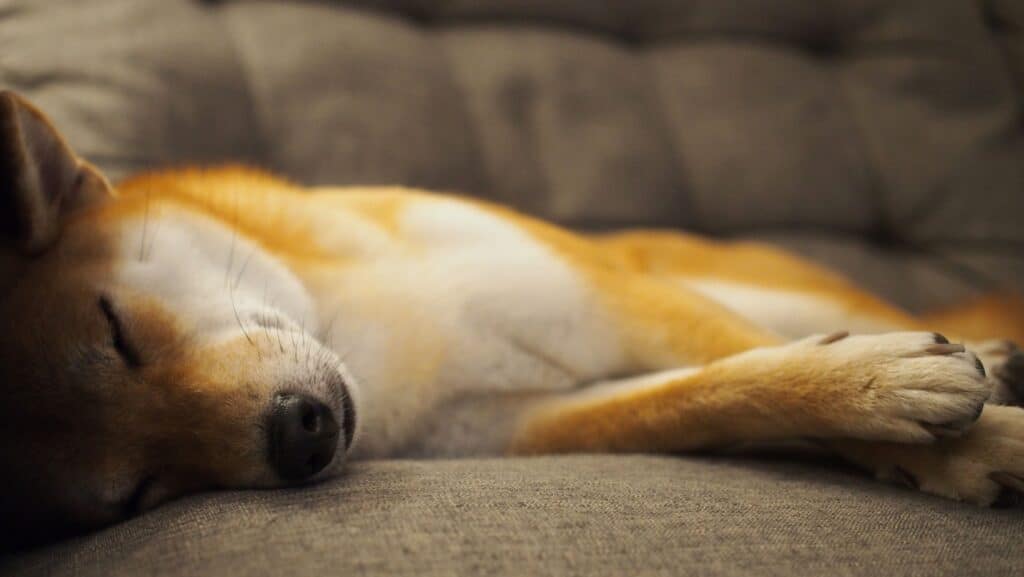
The prevailing theory among neuroscientists is that dogs dream about their everyday experiences—running in the yard, chasing squirrels, or interacting with their humans. The hippocampus, a brain structure critical for memory, is similarly shaped and functions in dogs and humans. This supports the idea that dog dreams reconstruct real-life experiences.
Research conducted at MIT found that rats dream about maze paths they learned during the day. Given that dogs have a more complex brain structure, it is likely that their dreams are equally rich and specific.
Emotional Content in Dog Dreams
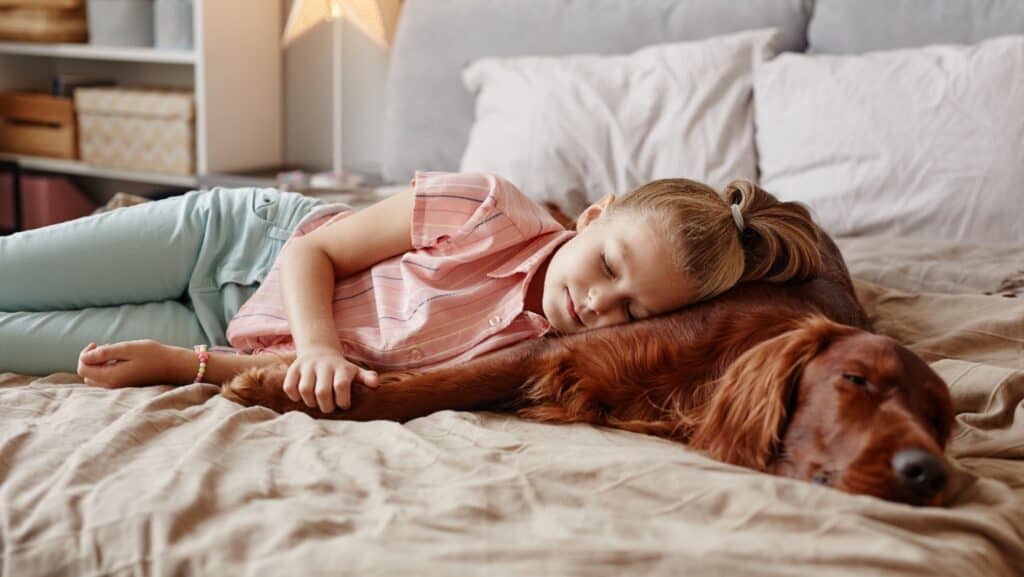
Dogs form deep emotional bonds and can experience joy, fear, and anxiety. It stands to reason that their dreams may carry emotional weight. A rescue dog with a history of trauma may relive stressful events during REM, which can manifest as whimpering or growling. Conversely, a well-adjusted dog might dream of playtime, treats, or affection.
Emotional dreaming is supported by findings from Dr. Stanley Coren, a canine behavior expert, who suggests that dogs may dream about their human companions. This further indicates an emotional and social component to their nocturnal experiences.
Breed and Size May Influence Dream Patterns
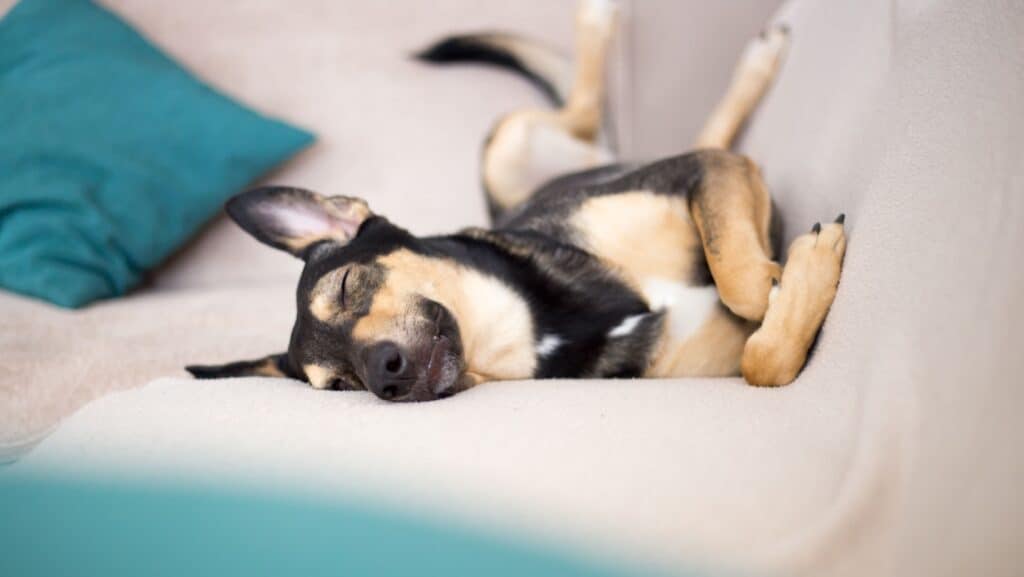
Studies indicate that smaller breeds such as Chihuahuas and Toy Poodles tend to have more frequent dreams with shorter durations. In contrast, larger breeds like Golden Retrievers and Great Danes may dream less often but for longer periods.
This variation is likely due to differences in metabolic rate and brain structure. Puppies, regardless of breed, exhibit the most REM sleep and thus are likely to dream more frequently as they process the flood of new sensory data from their daily adventures.
Physical Movements During Dog Dreams
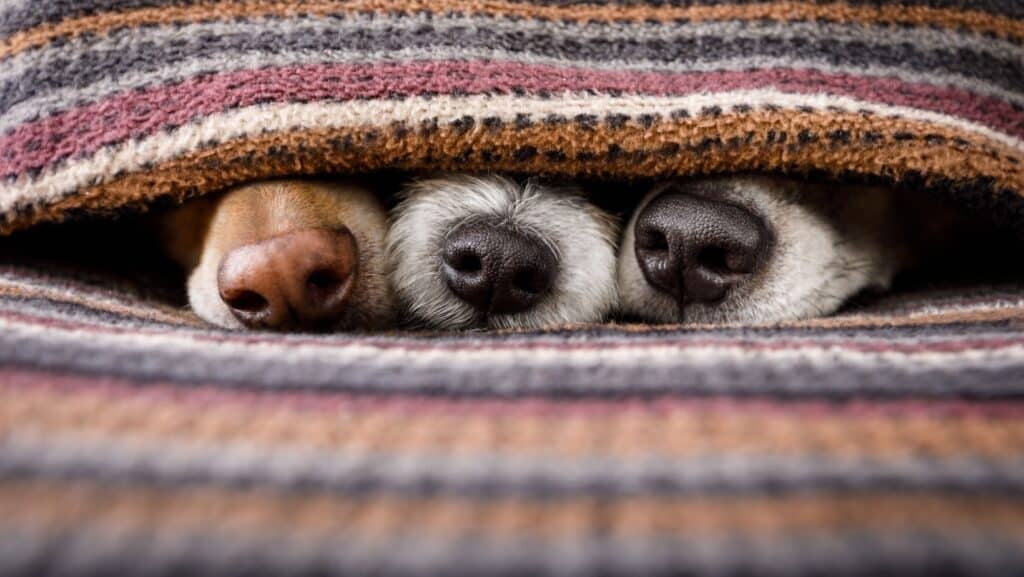
Dogs often move while dreaming. Common behaviors include:
- Paddling legs (as if running)
- Tail wagging
- Soft barking or growling
- Ear twitching
- Rapid eye movement beneath closed lids
These involuntary actions are the result of the pons, a part of the brainstem, which is less active during REM in dogs than in humans. This reduced inhibition allows for muscle movement during dreams.
However, if your dog shows violent thrashing or appears distressed, it may signal a condition such as REM Behavior Disorder or even a seizure. If concerned, consult your veterinarian.
Do Dogs Have Nightmares?
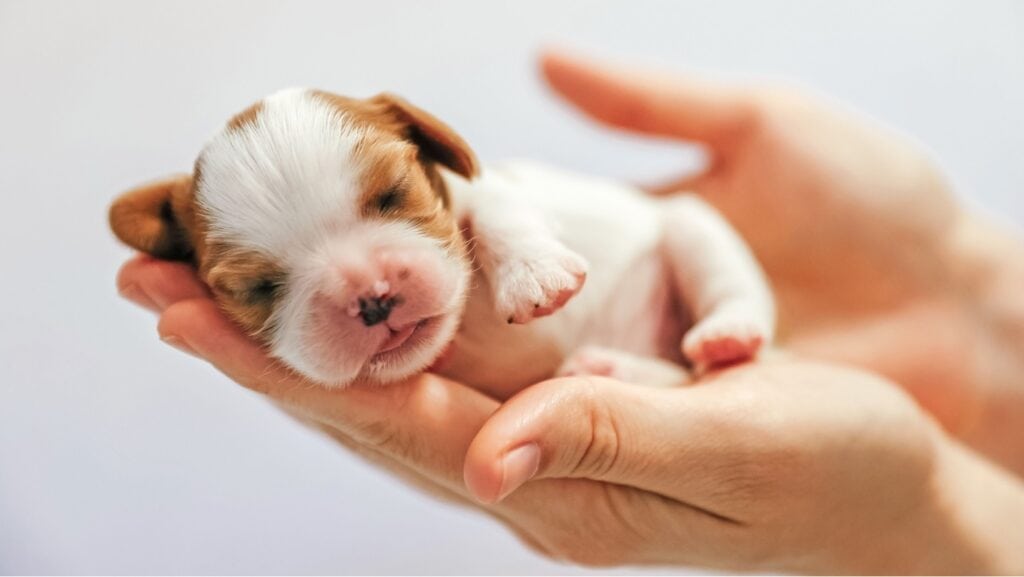
Yes, dogs can have nightmares. Like humans, negative experiences or stressors can trigger unsettling dreams. Dogs rescued from abusive situations often vocalize or twitch violently in their sleep. A nightmare can look like:
- Sudden yelping
- Jerky or frantic leg movements
- Visible distress or trying to wake up
Although it’s tempting to wake a dog during such episodes, it’s generally best to let them cycle through the dream. Sudden awakening from REM sleep can cause confusion or defensive behavior. If nightmares are frequent, this may warrant a behavioral assessment or medical check-up.
How Long Do Dogs Dream?

The average dream in dogs lasts:
- Small dogs: 60 seconds, with dreams occurring roughly every 10 minutes.
- Medium dogs: 2–5 minutes per dream cycle.
- Large dogs: Up to 10 minutes per dream, less frequently.
REM cycles begin roughly 20 minutes into sleep and repeat every 30–45 minutes. Dream duration and intensity are greatest in deeply relaxed dogs.
The Role of Memory Consolidation

Dogs dream not just to replay experiences but also to process and consolidate memories. Sleep, particularly REM, is crucial for cognitive function. Dogs that are learning new tasks or undergoing training benefit from naps that allow them to embed these lessons into long-term memory.
This may explain why dogs often seem to “master” a skill after a good night’s sleep. Memory reinforcement through dreaming is a vital part of canine intelligence.
Should You Wake a Dog That’s Dreaming?
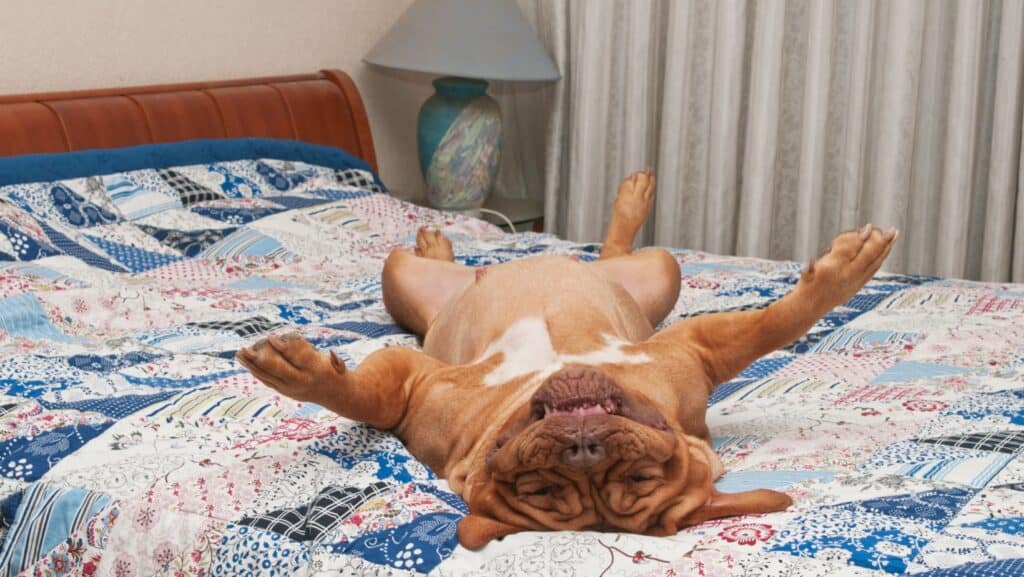
In general, it is best not to wake a dog during a dream. A dog in REM sleep is deeply immersed in memory processing. If the dog is twitching or softly vocalizing, they are likely fine. However, if the behavior becomes erratic or disturbing, waking them gently with your voice (not touch) is advisable.
Helping Dogs Sleep Better—and Dream Peacefully
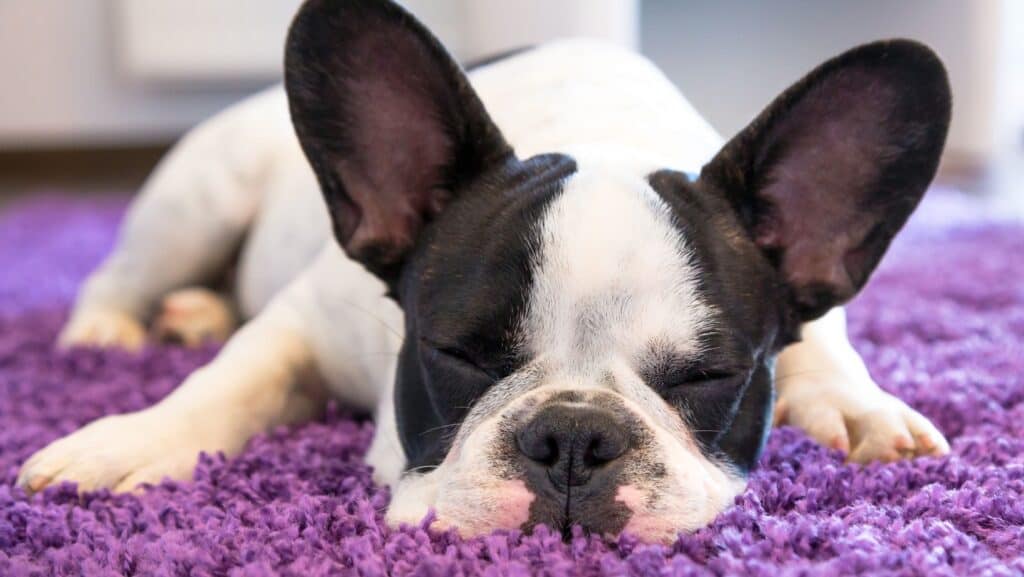
To encourage healthy dreams and restful sleep:
- Provide a consistent bedtime routine
- Offer a calm, quiet sleeping area
- Ensure enough daily mental and physical stimulation
- Avoid stressors before bedtime
Supplementing with melatonin or calming treats should only be done under veterinary supervision. A comfortable bed and a sense of security are more effective than any supplement.
Why Do Neonatal Puppies Twitch in Their Sleep?

Neonatal twitching isn’t dreaming—it’s neuromuscular development.
In neonatal puppies (those in the first couple of weeks of life), the twitching you see during sleep is not the same as dreaming. It’s primarily neuromuscular development, not REM-related dream activity as we understand it in older dogs.
This early-life twitching, often called “active sleep” twitching, is believed to play a critical role in:
- Developing motor pathways between the brain and muscles
- Stimulating growth of the nervous system
- Helping the body “practice” coordination for future movement
It’s All About The Nervous System
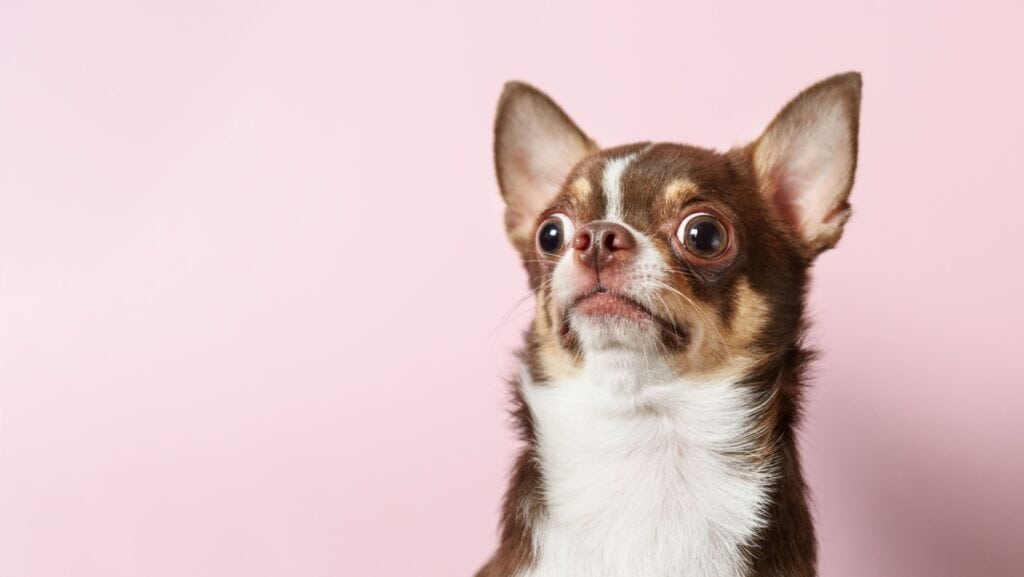
At this stage, the nervous system is still maturing, and the twitching helps build those essential reflexes and motor control mechanisms. REM sleep does occur in neonates, but it may serve more of a developmental purpose than a memory-processing one, since very young puppies don’t yet have the kind of lived experiences or memory recall needed for narrative-like dreams.
As puppies grow and their brain structures become more developed—especially the hippocampus and cortex—those twitches evolve into the more complex dreaming behaviors seen
Dogs Dream Much Like Us
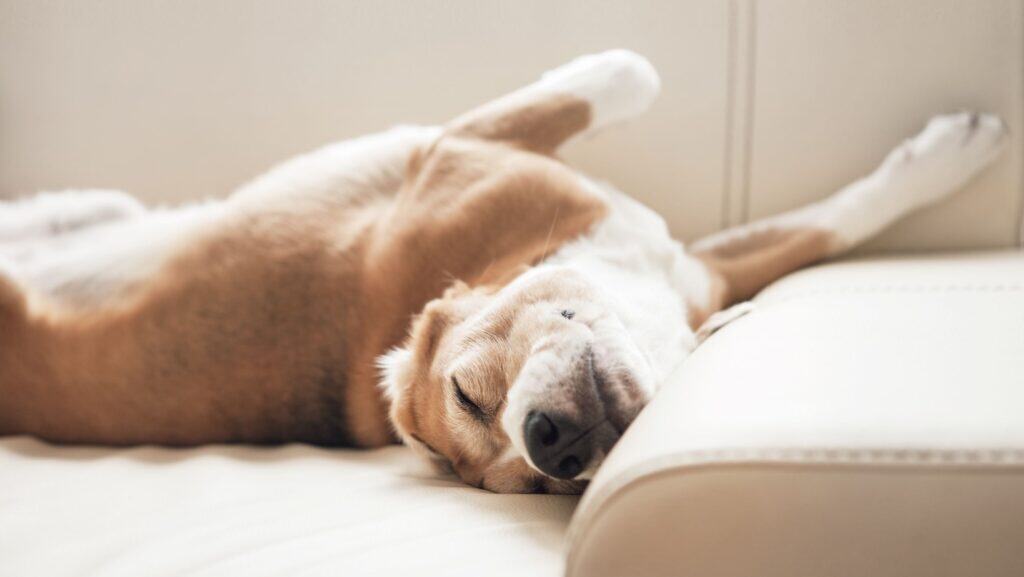
Dogs experience vivid dreams that help them relive, learn, and emotionally process their day. While we can’t ask them what they dreamed about, science gives us an intimate glimpse into their nighttime adventures. From replaying fetch sessions to dreaming of their favorite humans, our dogs’ dreams are as real, and as meaningful, as our own.
Understanding canine dreaming not only deepens our bond with them but also reminds us of their emotional complexity. A dreaming dog is a thinking dog, feeling dog.
Sensory Gardens for Dogs Help Reduce Stress and Boost Well-Being at Homes and Animal Shelters
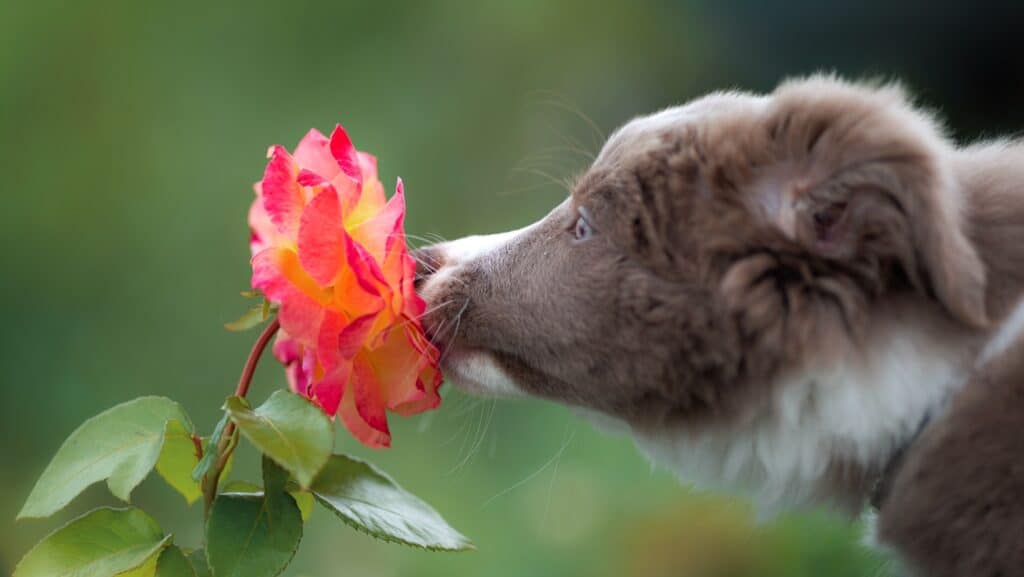
Sensory gardens for dogs are gaining popularity not only among pet owners but also in animal shelters and rescue organizations seeking to improve canine well-being. These thoughtfully designed outdoor spaces stimulate a dog’s senses—sight, sound, touch, smell, and taste—offering vital mental and physical enrichment. Whether used to help reduce stress in shelter animals or to provide a more engaging environment at home, sensory gardens create a dynamic haven for exploration, curiosity, and comfort.
READ: Sensory Gardens for Dogs Help Reduce Stress and Boost Well-Being at Homes and Animal Shelters
Join Us

Join us on this empowering journey as we explore, celebrate, and elevate “her story.” The Queen Zone is not just a platform; it’s a community where women from all walks of life can come together, share their experiences, and inspire one another. Welcome to a space where the female experience takes center stage. Sign up for our newsletter so you don’t miss a thing, Queen!






